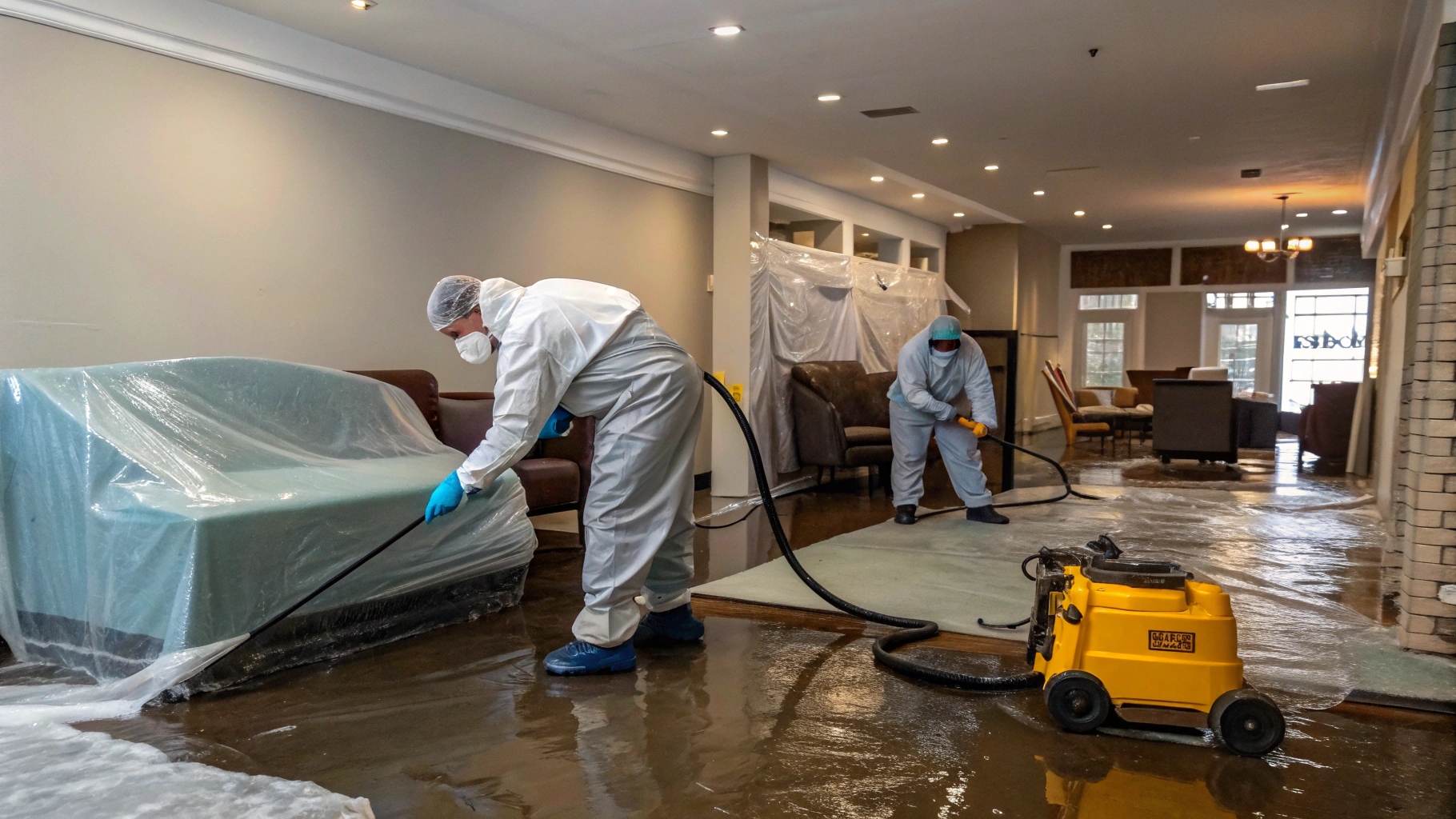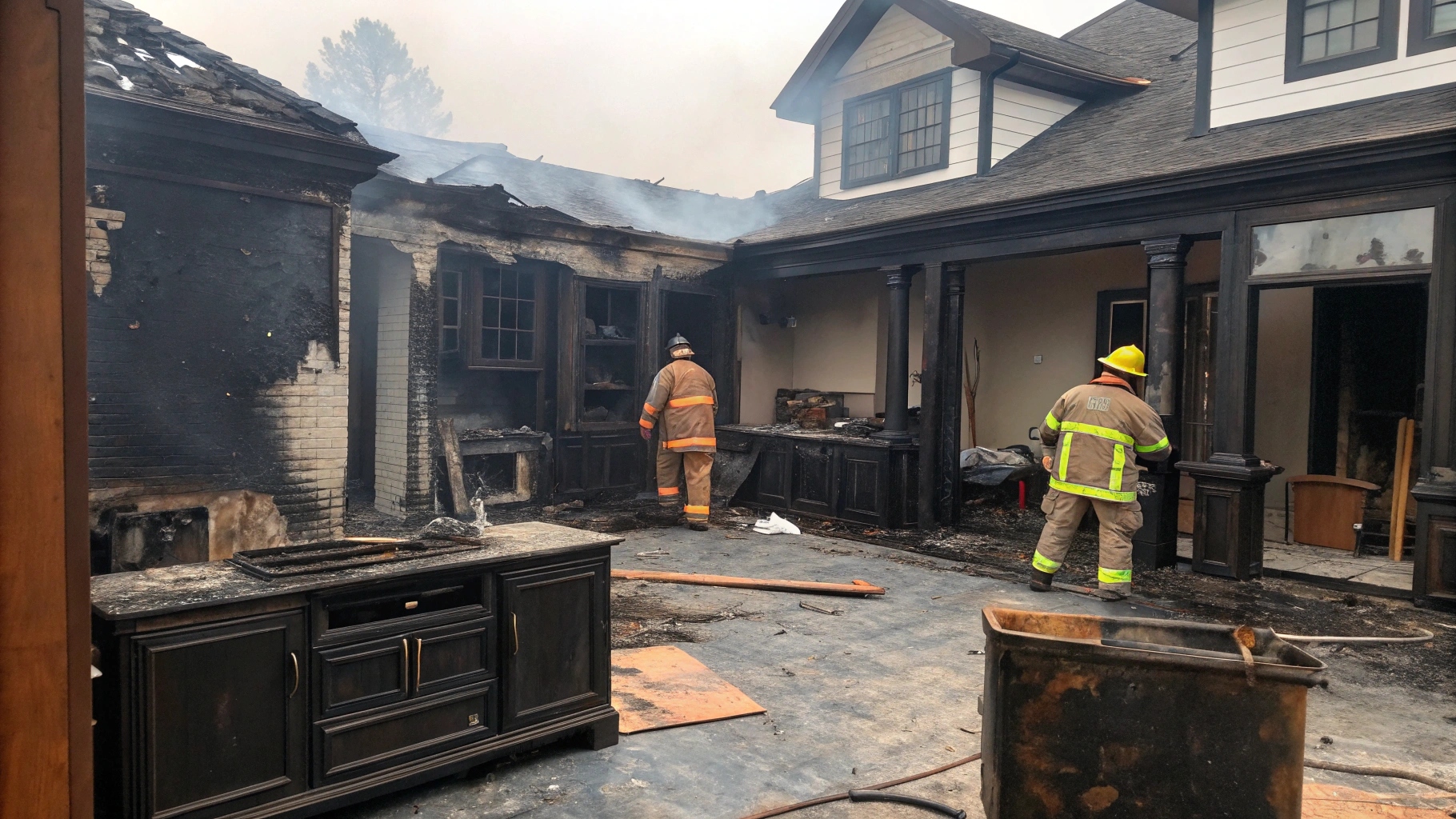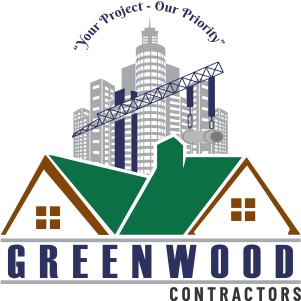When Is Water Damage Restoration Really Necessary and How Soon Should You Act?
Summary
Water damage restoration becomes necessary any time moisture enters your home and isn’t fully dried within 24–48 hours. Mold, structural damage, and insurance issues can escalate fast—especially in high-risk areas like Alexandria, VA. Acting quickly with professional help can save thousands and protect your home long-term.
_
Water damage can strike suddenly—from burst pipes and roof leaks to heavy rains and flooding. The effects can be devastating if not addressed immediately. Many homeowners wonder, “Is professional water damage restoration really necessary?” or “How fast do I need to act?” The answer is: sooner than you think.
In this article, we’ll explain when water damage restoration becomes essential, why homeowners in Alexandria, VA should never delay treatment, and how quick action can prevent thousands in long-term costs.
Why Water Damage Is a Serious Issue
Water damage may appear surface-level at first glance—a wet carpet or minor wall stain. But the real problem is what you don’t see: hidden moisture can seep into drywall, wood framing, insulation, and floors, leading to mold growth, rot, and structural weakening.
Common Causes of Water Damage in Alexandria, VA:
- Flash floods and storm surges
- Broken water heaters or sump pumps
- Overflowing toilets or sinks
- Burst pipes during cold snaps
- Leaky roofs or windows
In a region like Alexandria, VA, where historic homes meet unpredictable weather, water damage can quickly compromise both your property and health.
When Is Water Damage Restoration Necessary?
Here’s how to know when professional water damage restoration is required:
1. Visible or Hidden Mold Growth
Mold starts growing within 24 to 48 hours after water exposure. If you see black, green, or white spots—or notice a musty smell—professional remediation is required to prevent health risks and further spread.
2. Standing or Saturated Water
If water has pooled on floors or soaked walls and insulation, drying it with fans and towels won’t cut it. Restoration teams use industrial-grade extractors, dehumidifiers, and moisture meters to completely remove water—even from behind walls or under floors.
3. Damage to Structural Materials
Warped floors, sagging ceilings, bubbling paint, or soft drywall indicate water has compromised your home’s structural elements. Prompt restoration is critical to prevent further weakening or collapse.
4. Insurance Requirements
Most homeowner’s insurance policies require professional documentation of damage for a valid claim. Restoration companies provide the inspection reports, photographs, and estimates needed to support your case—especially if the damage was caused by sudden or accidental events.
5. Electrical or HVAC Involvement
If water reaches electrical outlets, HVAC systems, or major appliances, it’s not just unsafe—it could lead to fires or costly replacements. Restoration specialists are trained to handle these risks safely.
How Soon Should You Act After Water Damage?
Immediately. The longer you wait, the worse the damage becomes. Here’s a timeline of what happens if you delay:
Within 24 Hours:
- Drywall begins to swell
- Furniture finishes may discolor
- Mold spores begin to activate
After 48 Hours:
- Mold grows rapidly
- Odors intensify
- Metal surfaces rust
- Wood swells and warps
After 1 Week or More:
- Severe structural damage possible
- Extensive mold infestation
- Full replacements may be required (not just repairs)
- Insurance claims may be denied for negligence
So, if you experience water damage in Alexandria VA, don’t wait—call a restoration expert within hours of discovery.
What Does the Water Damage Restoration Process Involve?
Professional water damage restoration follows a multi-step process:
1. Inspection and Damage Assessment
Experts assess the severity of damage using thermal imaging, moisture detectors, and inspection tools. This step determines the scope of work and insurance reporting.
2. Water Removal
Using commercial-grade pumps and vacuums, standing water is extracted from all affected areas.
3. Drying and Dehumidification
Air movers and dehumidifiers dry the space completely to prevent mold and further damage.
4. Cleaning and Sanitizing
Contaminated materials are cleaned or removed. Odors are eliminated using antimicrobial treatments.
5. Restoration and Repairs
From replacing drywall to rebuilding flooring, professionals restore your home to pre-loss condition.
Why Homeowners in Alexandria, VA Should Be Extra Cautious
With Alexandria’s combination of older homes, seasonal flooding, and humid summers, water damage can escalate faster than in drier regions.
Older plumbing systems and historic foundations are more prone to leaks, mold buildup, and slow drainage. Acting fast is not only smart—it’s necessary.
Is Water Damage Restoration Worth the Cost?
Many homeowners consider DIY solutions to save money—but often end up paying more later when damage is missed or mold reappears.
Here’s what professional restoration saves you from:
- Costly future repairs
- Structural reinforcements
- Health issues from mold
- Insurance claim denials
- Extended time away from home
Most restoration companies in Alexandria VA work directly with insurers to help cover part or all of the costs.
How to Choose the Right Restoration Company
If you’re searching for help with water damage in Alexandria VA, look for companies that offer:
- 24/7 emergency service
- IICRC-certified technicians
- Insurance claim assistance
- Advanced drying technology
- Local experience with Alexandria weather and homes
Reading local reviews and checking licenses is also a smart step.
Final Thoughts
Water damage is urgent. Whether it’s a minor leak or major flood, fast and professional water damage restoration is key to saving your home, health, and finances.
For residents in water damage Alexandria VA, the risks are even higher due to weather patterns and historic homes. If you suspect damage, act immediately to stop the spread, reduce repair costs, and restore your peace of mind.













